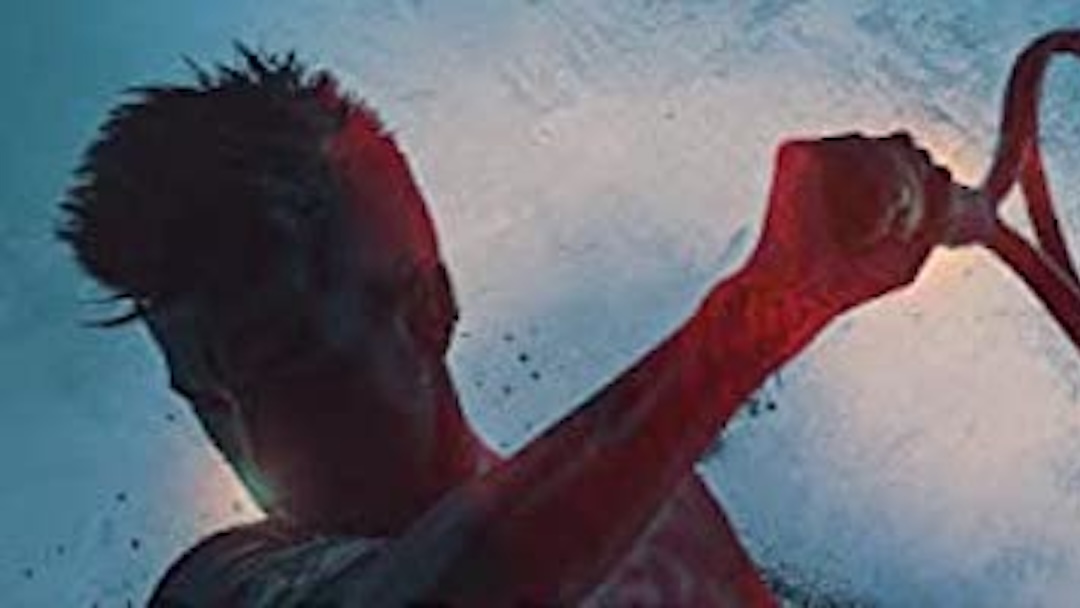The match between Arthur Ashe and Jimmy Connors in the Finals of Wimbledon in 1975 does not appear on any credible list of the greatest tennis matches ever played. Consequently, it may seem like centering a book around that particular event is a curious decision. However, Ashe’s four-set victory over Connors is the perfect setting to examine the contrasts and surprising parallels between the two iconic American tennis players.
“Ashe vs Connors: Wimbledon 1975 – Tennis that went beyond centre court” is a book by Peter “Pete” Bodo. The American sportswriter was a Senior Editor for Tennis Magazine until it ceased print publication in 2023. Bodo is still actively writing about the sport at “Tennis.com.”
This book is structured as alternating biographical chapters on Ashe and Connors that examine their collision course that culminated with that match. Bodo captures the essence of how fundamentally different the two men were. At the same time, he also highlights eerie similarities that exist just below the surface of the prevailing public narrative. While the relationship between Ashe and Conners can be justifiably regarded as a rivalry, they didn’t actually play very many head-to-head matches.
The 1975 Wimbledon Finals came at the apex of off-court tension between the two men. A few days before the match occurred, it became publicly known that Connors was suing the ATP after the organization had banned him from the French Open earlier that year. He also filed suit individually against Ashe, the organization’s president, for perceived disparaging comments about him in a letter to its members.
“Ashe vs Connors” provides a detailed examination of the philosophical differences toward Davis Cup play that exacerbated the tensions in the tangled relationships between the two players. Ashe regarded competing for the United States in the international competition as a sacred patriotic duty. Connors did not have the same reverence and frequently refused to represent his country. When Ashe chose to wear his Davis Cup USA jacket as he walked out onto the court for the match, it was an intentional jab at Connors.
This book was published two years after the Connors autobiography “The Outsider” was released. Consequently, “Ashe vs Connors” is not the first source to associate the man with that label. However, Bodo’s narrative raises the possibility that it was a self-fulfilling prophecy. While the public image of Connors is frequently attributed to his antagonistic attitude toward the ATP, Davis Cup, and the overall tennis establishment, there is a possibility that his actions and decisions were driven by that pre-existing self-image rather than the other way around.
The Wimbledon Finals in 1975 was a pivotal moment in tennis history. By examining the off-court drama alongside the on-court action, Bodo offers readers a nuanced understanding of Ashe and Connors’ legacy, challenging conventional narratives and prompting reflection on the complexities of identity and self-image in the world of professional sports.
“Ashe vs Connors: Wimbledon 1975 – Tennis that went beyond centre court” is a testament to Bodo’s skillful storytelling. It is an entertaining and relatively short read packed with a wealth of insight into that critical moment. I highly recommend this book to all tennis fans who want to deepen their understanding of this chapter of tennis history.

Ashe vs Connors: Wimbledon 1975 – Tennis that went beyond centre court (<-Sponsored Link)
Fiend At Court participates in the Amazon associates program and receives a paid commission on any purchases made via the links in this article. Details on the disposition of proceeds are available on the “About Fiend at Court” page.



